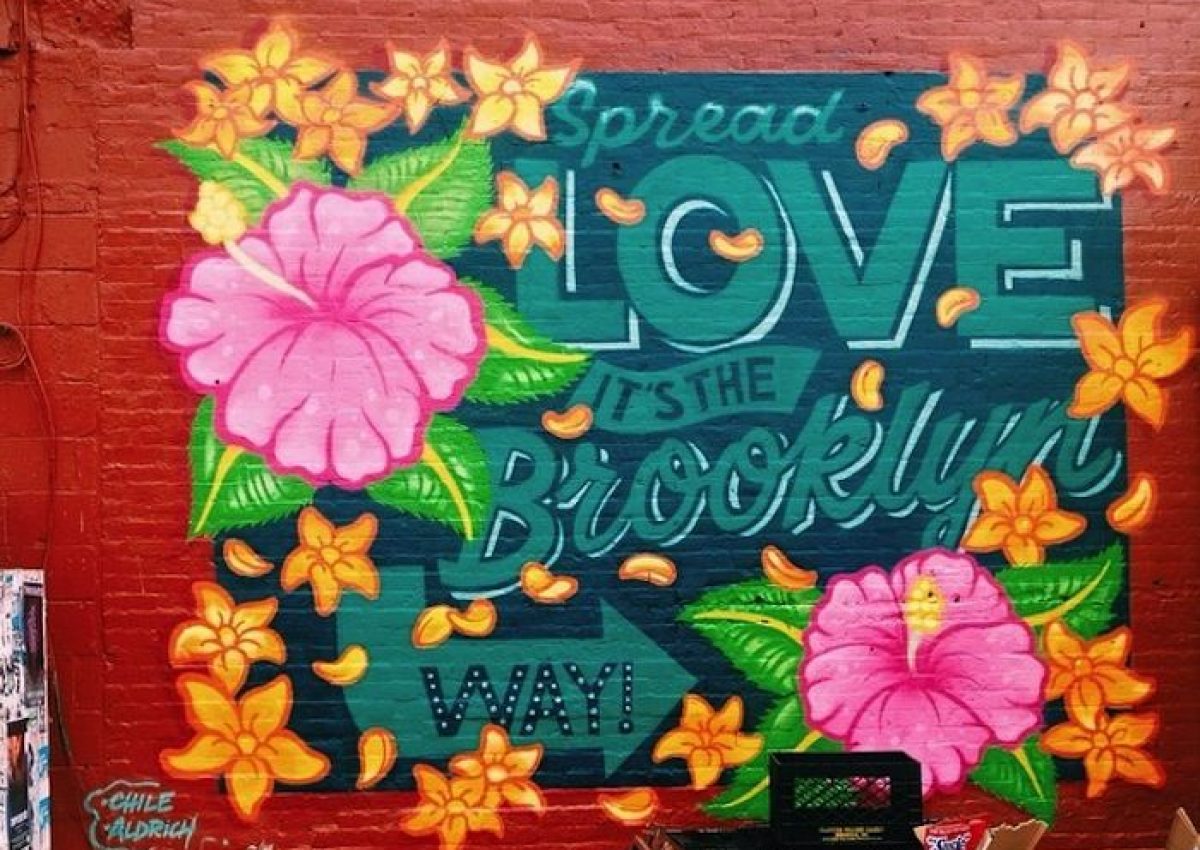- Between weeks 8 and 12, each student should provide a weekly reflection (500 words) on the data you have collected to date.
- What data did you collect?
I collected my data using three newspaper articles that discussed the effects of gentrification in Williamsburg, Brooklyn. I also watched a documentary called Los Sures on Kanopy.
- What is your initial impression of the data?
I already knew many of this information both due to personal connections to Williamsburg, as well as seeing the change in the community with my own eyes. However, after reading articles that described more in-depth the negative effects of gentrification on communities of color I became angry. The fact that many working-class people have to move to accommodate new supposedly “woke,” yet ultra-privileged young white hipsters is disheartening.
- How have the data you have collected this week changed/progressed your thinking about your research project?
It made me think about supplemental questions to ask my interviewees. More specifically, on the topic of religion and community organizing.
- What challenges did you encounter while collecting the data?
A lot of the articles were older, therefore I need to find more recent articles.
- What are your next steps?
I plan on looking into 2-3 articles for my next annotation that are no more than 4-5 years old.
- 2-3 annotations.
Annotations:
Misra, Tanvi. “Inside Pre-Gentrification Williamsburg.” CityLab. The Atlantic Monthly Group.
https://www.citylab.com/equity/2016/04/a-time-capsule-showing-pre-gentrification-williamsburg/476958/
In this article, Misra discusses the newly restored 1984 documentary called Los Sures, which documents life in pre-gentrified Williamsburg for Puerto Rican and Dominican Americans. The documentary is situated in the Southside of Williamsburg, hence Los Sures . It follows the stories of four Latinx families living in this neighborhood during the ’70s and ’80s. In doing so, it paints a portrait of what it was like to live in Los Surres, the “hood” or “ghetto” as some might call it, during the later part of the twentieth century. A major theme in this film is the importance of comunidad. The Southside of Williamsburg was known for its crime, drugs, and violence; however, it was because of the strength and unity in the community that many folks stayed. Throughout the film, Diego Echeverria, the director and filmmaker, sheds light to the resilience of community and importance of place as a vital element to identity–to say one was from Los Sures meant something. More importantly, the documentary is a window into the past, before the infestation of hipsters in Williamsburg, and begs one to ask the question: how can El Barrio be made great again? This is a paradoxical question, as El Barrio was not “great” by most people’s standards due to its drugs, crime, and gang-violence. However, what was great about El Barrio was its comunidad. As more working-class, people of color are displaced out Williamsburg the “greatness” of El Barrio leaves with them. Therefore, the question to add is how can El Barrio and its people stay?
LINK TO ACTUAL DOCUMENTARY: https://bowdoin.kanopy.com/video/los-sures
Harris, Paul. 2010. “Brooklyn’s Williamsburg becomes new front line of the gentrification battle.” The Guardian. Guardian News and Media Limited.
https://www.theguardian.com/world/2010/dec/12/new-york-brooklyn-williamsburg-gentrification
In this article written by Paul Harris for The Guardian he writes about the controversial opening of a Duane Reade in Williamsburg. Harris interviews a 32-year old white woman, Jennifer Nelson, who is a freelance writer and neighborhood hipster. Nelson vehemently objects the opening of this Duane Reade, as it signifies the coming of corporate America into a “tranquil enclave of independent bohemians.” However, Harris notes that people like Nelson forget that they too were a problem for previous residents. Harris describes the change in ethnic and socio-economic diversity that was present in Williamsburg stating:
“Over the past decade the neighbourhood, which sits just over the East River from Manhattan, has been transformed from a sleepy, poor, residential area of Jewish, eastern European and Hispanic working-class immigrants to one where most denizens appear to have beards, piercings, lots of tattoos and belong to at least one band.”
The older working-class residents of Williamsburg have been displaced due to gentrification, and it is people like Nelson who come in, lay claim to a land that wasn’t hers to begin with, and is too nearsighted and narrow-minded to see the deleterious effects of her presence. Harris interviews a History professor at City University of New York, who notes that gentrification is a cycle that happens to many community and comes with “mixed blessings.” However, those blessings are slight as compared to the more notorious effects of being priced-out of one’s home.
